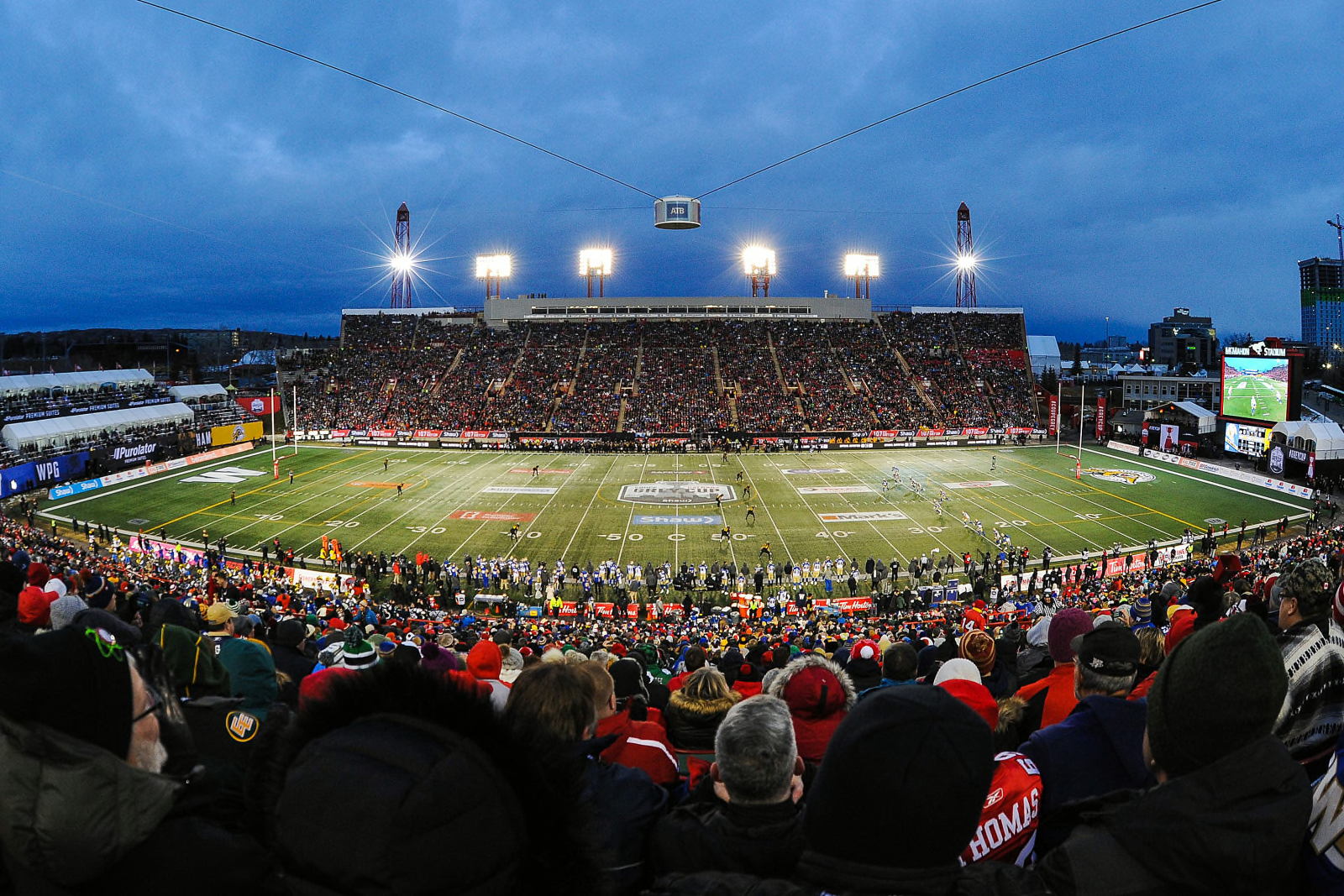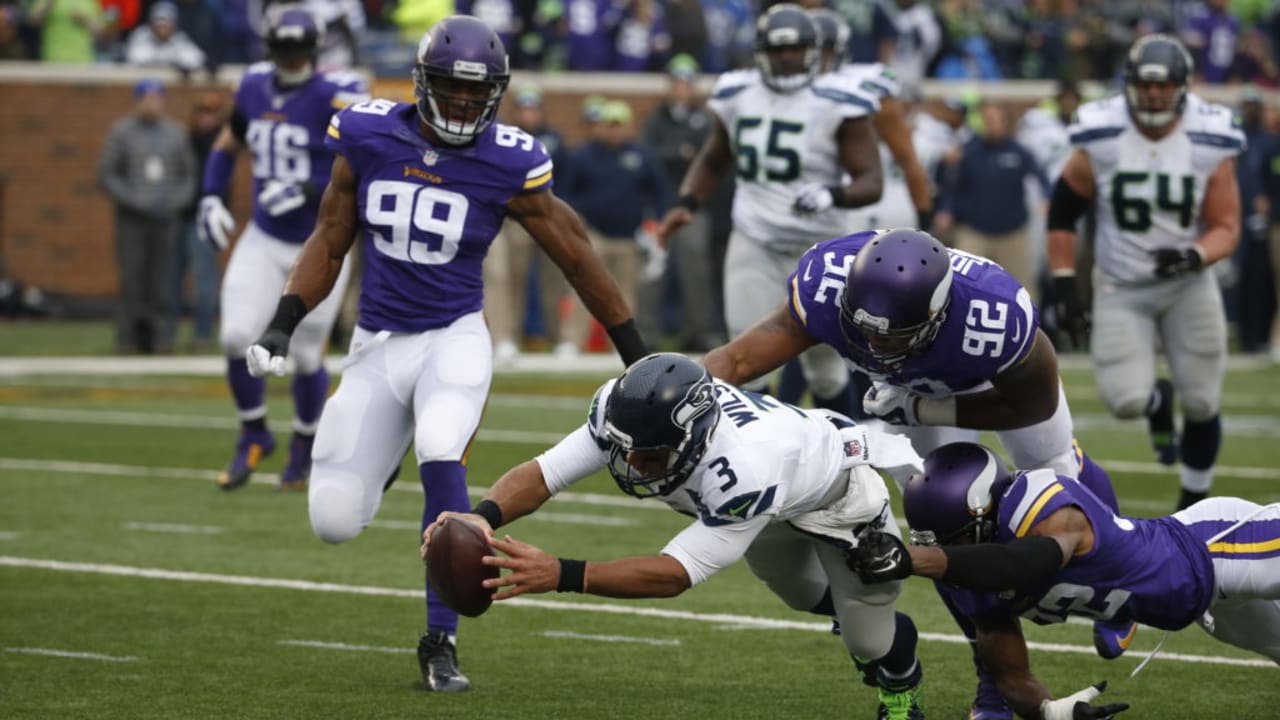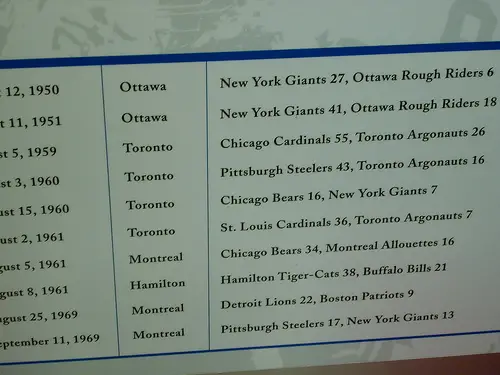Cfl Rules Compared To Nfl
Look at the Key Numbers. Key numbers are important when capping pregame odds and are equally as important when betting in-running odds. Due to the scoring system in football, NFL games are more.
The 2020 XFL season will begin this weekend, and if you’re planning on tuning in to get your football fix during the NFL offseason, you may be a little confused by the league’s new rules. The XFL has made several major rule changes in an attempt to reduce overall game times and produce more highlight-reel plays.
- It is possible to watch every single CFL game in a season. There are no more blackouts and all of the games are played at non-conflicting times. You also don't have to keep track of television schedules because all the games are on the same cable.
- BetUS is a fully licensed sportsbook providing a reliable and secure sports betting service to millions of satisfied online betting customers world wide since 1994. BetUS offers football betting, live and NFL odds all season long.
Here’s a primer on all the major rule changes and differences from standard NFL rules.
SCORING RULES:
Point-after touchdown plays
In the XFL, there are no kicked extra points after touchdowns. Instead, teams will have an option to run a play to score either 1, 2 or 3 extra points, creating the possibility for a 9-point touchdown.A 1-point try will be run from the 2-yard line. A 2-point try will start at the 5-yard line, and a 3-point try will start at the 10-yard line.GAME RULES:
Double-forward passes
Unlike in the NFL, the XFL will allow two forward passes on a play, provided that the first forward pass is caught behind the line of scrimmage.

What is a catch?
In the XFL, receivers only need to have one foot – or any other part of their body – contact the ground in bounds, instead of two feet in the NFL. Here is how the league defines what a catch is:
Secures control of a live ball in flight before the ball touches the ground.Touches the ground in bounds with any part of his body, and thenMaintains control of the ball long enough to enable him to perform an act common to the game, i.e., long enough to pitch or hand the ball, advance it, avoid or ward off an opponent, etc.Kickoffs
The XFL designed its kicking rules in a way to increase the amount of returns we see compared to the NFL, and to make returns safer. Kickoffs are going to look very different.
On a kickoff, the kicker will kick the ball from their own 30-yard line, but every blocker will be lined up on the opposing team’s 35-yard line. The return team blockers will be lined up at their own 30, just five yards away.
Only the kicker and receiver can move before the ball is caught. All other blockers are permitted to move when the ball is caught, or three seconds after it hits the ground, if the ball isn’t caught.
Kicks that fly out of bounds, or kicks that fall short of the opposing 20-yard line, will result in the receiving team taking the ball at the kicking team’s 45-yard line.
Touchbacks will result in the receiving team starting at their own 35-yard line.

Teams will be required to inform an official if they plan to use an onside kick, meaning they cannot surprise the opposing team with an onside kick.
Punts
Punting rules have also been changed to entice coaches to go for it on fourth down.
All punts that result in touchbacks will be placed on the receiving team’s 35-yard line. Punts that go out of bounds will also be placed on the receiving team’s 35-yard line, or wherever the ball went out if that occurred before reaching the 35.
The punting team may not cross the line of scrimmage before the ball is punted, which should reduce the amount of fair catches significantly.
Challenges
There are no coaches challenges in the XFL. All reviews will be initiated by a replay official. Via the XFL, here is a list of reviewable plays:
(a) Plays involving possession. (b) Plays involving touching of either the ball or the ground. (c) Plays governed by the goal line. (d) Plays governed by the boundary lines. (e) Plays governed by the line of scrimmage. (f) Plays governed by the line to gain. (g) Number of players on the field at the snap. (h) Game administration. (1) Penalty enforcement. (2) Proper down. (3) Spot of a foul. (4) Status of the game clock. (i) Disqualification of a player. This list of reviewable plays is identical to those in the NFL prior to 2019.
OVERTIME FORMAT:
The XFL has devised a completely new format for overtime, which is comparable to a shootout in soccer.
In overtime, each team’s offense will have five attempts to complete a two-point conversion from the five-yard line, with each successful conversion being worth two points. The team with the most points at the end of the shootout is the winner. If one team clinches a win early, the unnecessary remaining rounds of the shootout will not be played.
There will be no coin toss to determine the order of overtime. The visiting team will always make the first two-point attempt.
Defenses cannot score in overtime possessions in the event of a turnover.
Penalties in overtime:
Penalties will be crucial in overtime plays. If the offensive team commits a pre-snap penalty, the ball will moved back and the play will be re-attempted. If the offense commits a post-snap penalty, the play is considered dead, and any score will not count.
If the defense commits a penalty pre-snap, the ball will be moved to the one-yard line. For a post-snap penalty, the offensive team will have the option to re-try the play from the one-yard line if they do not score. Any future penalties committed by the defense in any future round will result in an automatic score for the offense.
TIMING RULES:
Game clock:
The XFL will use a running clock outside of the final two minutes of the second quarter, and the final two minutes of the fourth quarter.
The final two minutes of the second and fourth quarters is what the XFL refers to as the “comeback period.” During these periods, plays that end out of bounds or with an incompletion will stop the clock until the next snap. The clock will be stopped after all other plays that end in bounds until the ball is spotted and five seconds have run off the play clock. In theory, this should give an offensive team leeway to run plays in the center of the field, as they will be able to rush back to the line of scrimmage without time coming off the clock.
The play clock is 25 seconds, and will begin when the ball is spotted following the previous play.
There will be one official on the field dedicated to spotting the ball, in an effort to speed up the process compared to the NFL.
Timeouts:
Each XFL team will receive two timeouts per half, compared to three per half for NFL teams.
The halftime break will be 10 minutes.
Penalties:
Cfl Rules Compared To Nfl Players


The XFL’s “illegal man downfield” rule has been rewritten to make it easier for officials to enforce.
Cfl Rules Vs Nfl
No ineligible player shall be or have been more than three yards beyond the line of scrimmage until a passer throws a legal forward pass that crosses the line of scrimmage. A player is in violation of this rule if any part of his body is beyond the three-yard limit.
American and Canadian football both descended from rugby and began in Canada as a game played between British soldiers garrisoned in Montreal. The soldiers played a series of games against students at McGill University. McGill played several games against Harvard in 1874 and a tradition was born. Despite their mutual origins, the Canadian and the American game developed differently and now have substantially different rules and regulations.
The biggest difference between Canadian and American football is the size of the playing field. In Canada, football fields are 110 yards long and 65 yards wide. In America football fields are 100 yards long and 53 and 1/3 yards wide. The goal posts in Canadian football are placed at the front, rather than the back of the end zone which is also deeper in Canadian football than American.
Cfl Rules Compared To Nfl Teams
Canadian football teams have twelve players as opposed to the eleven on American teams. Because the same number of players is required at the line of scrimmage in both games, this results in an extra backfield player on Canadian teams. This means that the typical Canadian offensive setup has two slot backs instead of a tight end and on defense, two defensive halfbacks and one safety instead of two safeties as is typical in the American game.
Another difference between the two games is the number of downs. Instead of four as in the American game, Canadian football has three. This results in a more pass and kick oriented game since there are fewer downs available for short-yardage running plays. The kicking rules are also slightly different with the kicker being able to recover and advance his own kick. For this reason, kicking is a much more integral part of Canadian football than American.
The biggest difference between the kicking rules in the two games is that there is no fair catch rule in Canadian football. In American football, if a kick returner thinks he will not be able to advance the ball after recovery, he can signal for a fair catch and be immune from contact. In Canadian football no player on the kicking team except the kicker and any players behind him on the field may ever be within 5 yards of the ball unless it has been touched by an opponent. Also, in Canadian football any kick that goes into the end zone is a live ball, except for successful field goals.
There are other minor differences as well including scoring, motion and time rules but they are not as significant as the major differences noted here.